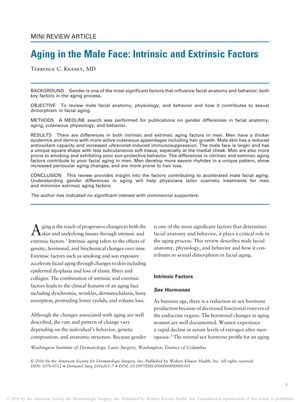TLDR Male faces age with more wrinkles and hair loss, influenced by both body changes and environmental factors.
The 2016 review article examined the aging process in the male face, identifying both intrinsic factors, such as hormonal changes and skin characteristics, and extrinsic factors, like smoking and sun exposure, that contribute to aging. Men's skin is thicker and has more active hair growth but is more susceptible to UV damage and has a reduced antioxidant capacity. The male aging pattern is distinct, with more severe wrinkles, especially around the eyes, and a higher propensity for hair loss. A study of 173 Japanese men and women indicated that men have more severe facial wrinkles, but this difference decreases with age. Men's facial aging is also characterized by a unique wrinkle pattern and a steady volume loss, in contrast to the sharp reduction in women during menopause. By age 50, 50% of white men show signs of hair loss, impacting their confidence and perceived youth. Understanding these gender-specific aging processes is crucial for tailoring cosmetic treatments for men.
289 citations
,
May 2003 in “Journal of Investigative Dermatology” Human skin can produce steroids from cholesterol.
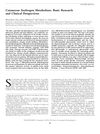 233 citations
,
November 2002 in “The journal of investigative dermatology/Journal of investigative dermatology”
233 citations
,
November 2002 in “The journal of investigative dermatology/Journal of investigative dermatology” Creating stronger blockers for skin enzymes might lead to better treatment for conditions like acne and excessive hair growth.
77 citations
,
September 2001 in “Postgraduate Medical Journal” Men often look older due to greying hair and certain blood markers, while women look younger.
 180 citations
,
September 1999 in “British Journal of Dermatology”
180 citations
,
September 1999 in “British Journal of Dermatology” Hair loss affects self-esteem and quality of life; treatments can help.
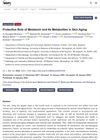 32 citations
,
January 2022 in “International Journal of Molecular Sciences”
32 citations
,
January 2022 in “International Journal of Molecular Sciences” Melatonin, a hormone, can help protect skin from aging by reducing stress, inflammation, and damage, and may also help treat hair loss in women.
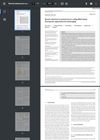 3 citations
,
September 2023 in “Skin research and technology”
3 citations
,
September 2023 in “Skin research and technology” New treatments for skin damage from UV light using stem cells and their secretions show promise for skin repair without major risks.
3 citations
,
October 2023 in “Cosmetics” Healthy lifestyle changes can significantly improve skin health as you age.
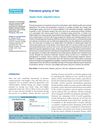 47 citations
,
January 2013 in “Indian Journal of Dermatology, Venereology and Leprology”
47 citations
,
January 2013 in “Indian Journal of Dermatology, Venereology and Leprology” Premature graying of hair may suggest health issues and currently lacks effective treatments.
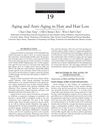 1 citations
,
September 2013 in “Elsevier eBooks”
1 citations
,
September 2013 in “Elsevier eBooks” Hair ages and thins due to factors like inflammation and stress, and treatments like antioxidants and hormones might improve hair health.
